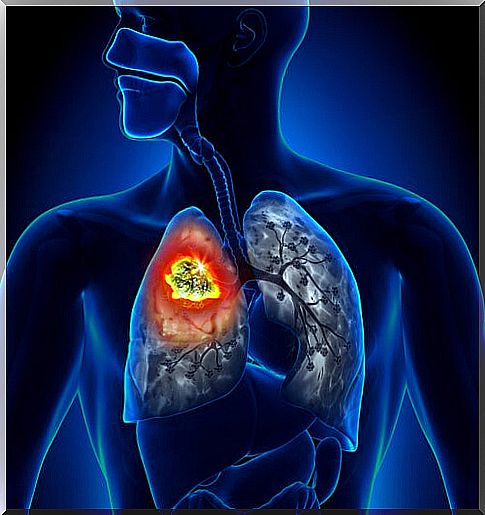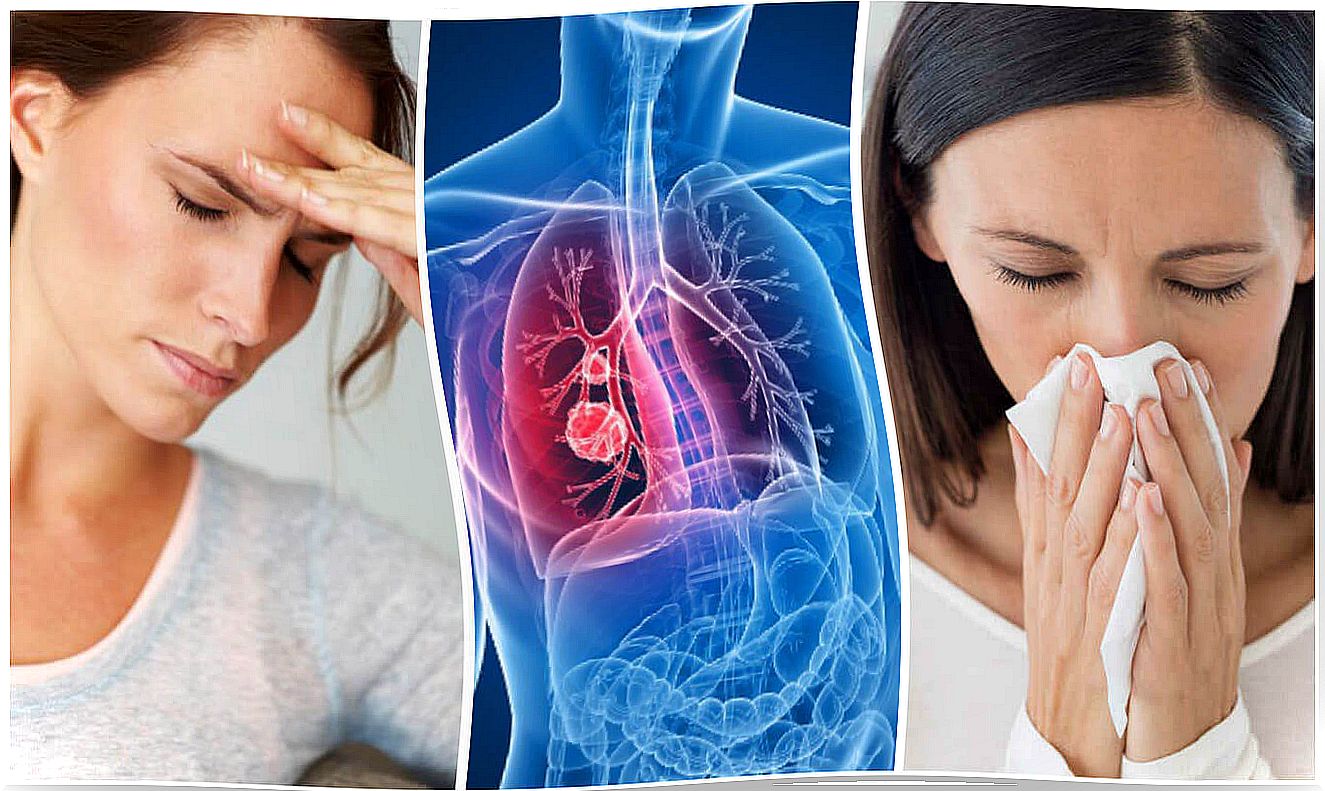Lung Cancer
Lung cancer is one of the leading causes of death. This disease is difficult to detect in its initial stages, which makes it very difficult for a treatment to be prescribed on time and, therefore, it is effective. For this reason, the treatment of lung cancer in later stages does not usually have a good prognosis.
Most of the time, cells can detect and repair DNA damage. If a cell is severely damaged and cannot repair itself, programmed cell death or apoptosis occurs. In this way, cancer occurs when damaged cells grow, divide, and spread abnormally, rather than self-destruct.
Research on what may be the cause of lung cancer continues. However, certain risk factors have been shown to contribute to cells becoming cancerous. These risk factors include genetics, exposure to air pollution, among others, but the most obvious is smoking.
Relationship with smoking

Since 1876, when a machine for making rolled cigarettes was invented, tobacco became accessible to many more people. At the time, lung cancer was a rare disease. Over time, smoking increased dramatically and so did the number of people with cancer.
Currently, about 90% of all lung cancers are related to smoking. Radon gas, pollution, toxins, and other factors contribute to the remaining 10%.
Notably, both cigarettes and tobacco smoke contain more than 70 carcinogenic chemicals (also known as carcinogens). Some of them are:
- Arsenic (an insecticide).
- Benzene (a gasoline additive).
- Lead (a highly poisonous metal).
- Cadmium (a component of the battery).
- Isoprene (used to make synthetic rubber).
The importance of cilia
Cigarette smoke damages and can kill the cilia; that is, the cells of the respiratory tract. Cilia are responsible for eliminating toxins, carcinogens, viruses and bacteria. When cigarettes damage or destroy cilia, all of these elements can build up in the lungs and cause problems ranging from infections to cancer.
Risk factor’s
- Inheritance. Although there are also patients who develop lung cancers without a previous history.
- Smoking Although it is also not known why adenocarcinoma in the lungs is more common in nonsmokers than in smokers. However, the most common risk factors include secondhand smoke, radon gas, air pollution, and occupational exposures.
Drinking water is considered to have high concentrations of arsenic and this can increase the chances of developing various types of cancer, including lung cancer, but it is not clear how the process occurs.
Second hand smoke
Tobacco smokers put others at risk for developing this condition. A non-smoker living with a smoker has a 20% to 30% increased risk of developing this disease due to exposure to concentrations of smoke in their environment.
Radon gas
Smokers exposed to this gas have a higher risk of developing this condition than non-smokers. Radon gas occurs naturally, but it can seep into homes and collect in basements and crawl spaces.
Air pollution
Air pollution contributes to the development of lung cancers. Airborne pollutants, such as diesel exhaust, can cause some people to develop this condition. It is estimated that about 5% of lung cancers are due to air pollutants.
Labor exposure

Although smoking causes the highest risk of lung cancer, exposure to certain compounds and chemicals are risk factors.
In this sense, agents such as asbestos, uranium, arsenic and benzene, among others, increase the risk of developing lung cancers. Exposure to asbestos can cause lung cancer (mesothelioma) many years after the initial exposure. These people may be at risk for this lung disease for decades (10 to 40 years).
Symptoms
When a person with lung cancer does have symptoms, these are usually:
- Fatigue.
- Chronic cough.
- Chest pain.
- Weightloss.
- Shortness of breath or wheezing
- Coughing up bloody phlegm.
Types of lung cancer

- Small cell lung cancer. It represents about 10% of all lung cancers. This shape tends to spread quickly.
- Non-small cell lung cancer. They are the most common type. They account for about 90% of all lung cancers and are less aggressive, which means that they spread to other tissues and organs more slowly.
Less than 5% of the tumors that occur during this disease will take the form of a carcinoid tumor, while other cancerous tumors are even rarer (adenoid cystic carcinomas, lymphomas, and sarcomas).
Diagnosis
Unfortunately, in the early stages, lung cancers often present asymptomatic, hence they are even more dangerous. In many cases, the symptoms appear nonspecifically, thus, their relationship with cancer is ruled out.
About 25% of people who have no symptoms are diagnosed with lung cancer after a chest X-ray or during a routine test.
If routine tests suggest that a person has lung cancer, definitive testing should be done by a pathologist. The specialist will examine the patient’s lung cells in sputum, phlegm, or from a biopsy sample to type and stage the lung cancer.
Can it be prevented in any way?
With regard to lung cancer, the most recommended prevention measure is to avoid (or eliminate, as the case may be) tobacco use.
It must be remembered that for smokers who stop smoking within 10 years, the risk of contracting this disease decreases considerably, which is very positive.
As with many other diseases, the importance of maintaining a healthy lifestyle is emphasized and, when in doubt, always consult your doctor.










